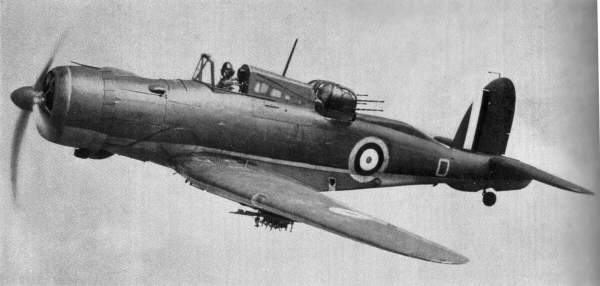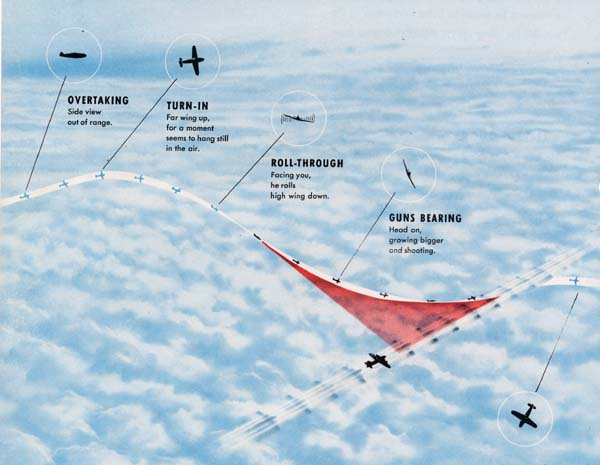…. The Defiant also had virtually no room for improvement. You certainly couldn't cram a turret with say 4 x .50 machineguns on it, let alone say 2 x 20mm. The wing really wasn't designed or stressed to take a battery of forward firing guns either. Turning it into a single-seat fighter would result in an inferior aircraft.
If anything, the Defiant is the product of bureaucrats that would never have to fly it.
Defiant’s cramped turret forced innovations that still benefit civilian parachutists to this day.
Most WW2, RAF aerial gunners only wore parachute harnesses inside their turrets. In the event of a shoot-down, gunners were supposed to exit their turrets, crawl inside the fuselage to an exit hatch, clip on a chest-mounted emergency parachute, dive out and pull the ripcord. A great plan if the pilot remains at the controls and holds the bomber level (see RCAF Pilot Officer Darrell Page’s DFC citation). Unfortunately, damaged bombers rarely co-operated long enough for this exit plan and Bomber Coomand suffered heavy casualties rivalling those of WW1 trench-fighters.
Since it was impossible for Defiant gunners to enter the fuselage, they were forced to wear parachutes full-time while flying in the turret.
George Quilter (of G. Q. Security/Defense now Airborne Systems) invented a solution that was much thinner than previous pilot emergency parachutes. Quilter’s Para-Jerkin distributed the bulk of the parachute canopy under the pilot’s thighs and into his lumbar curve.
The Para-Jerkin was essentially a vest with short legs that ended short of the wearer’s knees.
G. Q. later developed the Para-Suit that was a full-length set of coveralls that incorporated a parachute, flotation and some insulation to serve as an immersion suit for Sunderland crews forced to ditch in the cold North Atlantic Ocean.
Then Quilter invented a new type of pilot-chute spring and mounted it in the gunner’s lumbar curve. The innovative spiral spring was held compressed by a pair of cloth loops (perhaps silk suspension line) that passed completely through the container. The innovative soft through-loops replaced brass cones and a dozen other wood or metal stiffeners. Fewer metal stiffeners made parachute containers lighter with fewer lumps to bruise pilot’s delicate backsides. IOW Quilter’s innovations converted PEPs into passably comfortable seat cushions.
This concept was copied on the USAF’s 1950s vintage BA-22 PEP.
When West Germans started building fibreglass sailplanes with steeply reclined/supine pilot seats in their cramped cockpits, GQ responded by introducing their 150/250/350 Safety-chutes which could be stuffed into almost any cockpit because they were so thin. Part of the secret was making containers 40”/1 meter long to distribute parachute canopy bulk over a wider area. G.Q. Safety-Chutes were barely 2 inches thick and eliminated the “step” where the seat-back met the seat-bottom.
When civilian skydivers started to diverge from just modifying military-surplus parachutes during the 1970s, they adopted Quilter’s soft through-loops and the US Army’s MA-1 pilot-chute with a spiral spring.
All modern PEPs, civilian skydivers and military freefallers benefit from George Quilter’s innovations (through loops and spiral springs) that were originally conceived to compensate for cramped turrets on Defiants.
Master Corporal (retired) Rob Warner, CD, BA, etc.
FAA Master Parachute Rigger
Strong Tandem Instructor Examiner
CSPA Coach 2 and Instructor for static-line, IAD and PFF
Private Pilot



